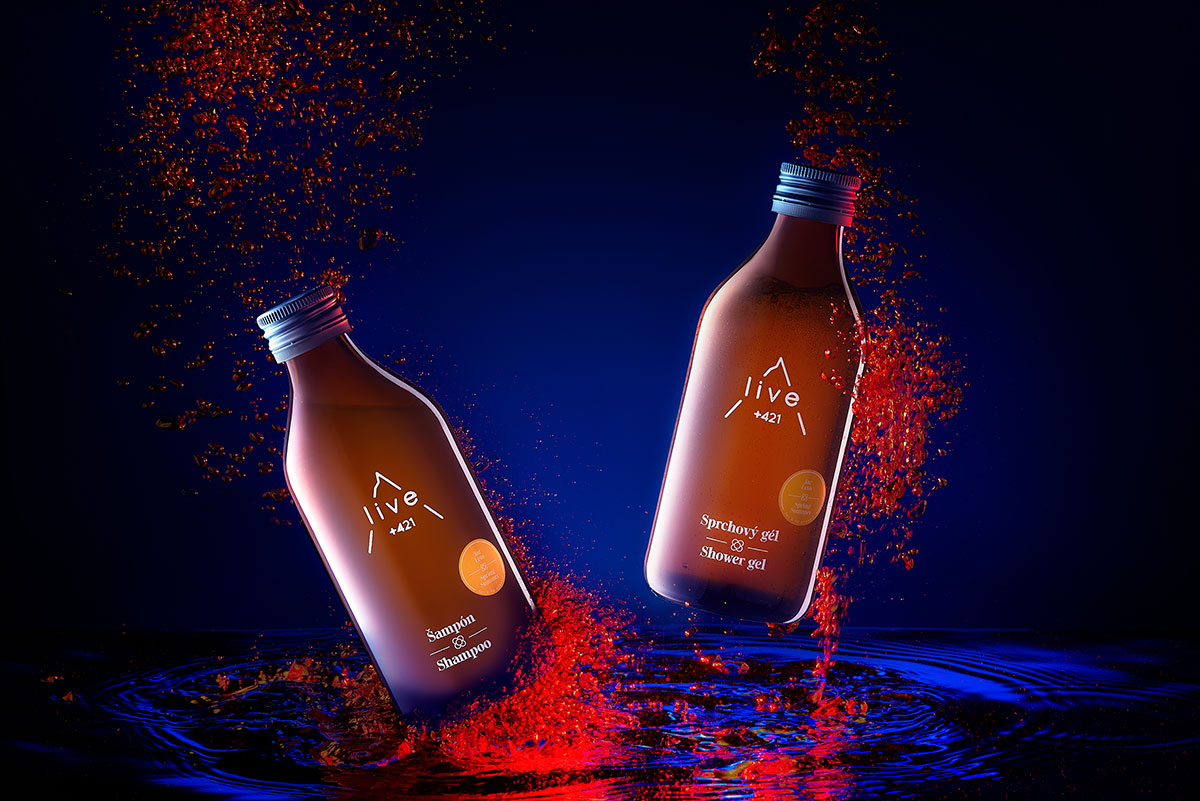The Curated News Hub
Your daily source for diverse news and insights.
Snap It Like You Mean It: Secrets to Stunning Product Shots
Unlock the secrets to jaw-dropping product photography that sells! Transform your shots and boost your brand's appeal today!
Mastering Lighting: Tips for Perfect Product Photography
When it comes to product photography, mastering lighting is essential for creating stunning images that capture your audience's attention. Natural light can be your best ally; shooting when the light is soft, such as during the golden hour (just after sunrise or before sunset), can help avoid harsh shadows and overly bright highlights. If you're limited by time or weather, consider investing in artificial lighting setups like softboxes or ring lights. These tools can simulate that perfect natural light and provide a consistent, controllable environment for your shoots. For more detailed insights on lighting techniques, check out this article on understanding lighting.
Another critical aspect of mastering lighting in product photography is recognizing the importance of angles and diffusion. Consider using reflectors to bounce light onto your product, which can help illuminate shadows and enhance details. Additionally, using diffusers can soften harsh light, resulting in a more flattering appearance. Create a checklist when planning your shoot, focusing on elements such as the number of lights, their positions, and additional tools like reflectors or diffusers. For a comprehensive guide on product photography tips, visit Adobe’s guide for more professional insights.

Angle Your Way to Success: Best Camera Angles for Product Shots
When it comes to photography, especially in the realm of e-commerce, camera angles can make or break your product shots. Utilizing different angles enhances the visual appeal of your products and can significantly influence purchasing decisions. One effective angle is the eye-level shot, which provides a natural perspective and creates a comfortable viewing experience for potential buyers. Another popular choice is the overhead angle, which showcases the product layout and is particularly useful for food photography. For more tips on effective product photography techniques, check out Shopify's guide on product photography.
Moreover, angling your camera slightly downward can add depth and highlight the texture of your products, making them look more appealing. It's essential to experiment with different camera angles to discover what showcases your product best. Don't overlook the power of the 45-degree angle as well; this perspective can make products appear more dynamic and enticing to the audience. For a deeper dive into camera techniques, refer to Adobe's tips on product photography. Remember, the right angle not only highlights your product's features but also supports your overall marketing strategy.
What Equipment Do You Need for Stunning Product Photography?
When it comes to stunning product photography, investing in the right equipment is essential. Start with a good quality camera; a DSLR or mirrorless camera is ideal for capturing high-resolution images. Pair your camera with a versatile lens, such as a 50mm f/1.8 or a macro lens for close-up shots. Additionally, a sturdy tripod can help stabilize your camera, ensuring sharp images. To enhance the lighting, consider using softboxes or LED panel lights to reduce harsh shadows and create a flattering look for your products. For further insights, you can refer to this Digital Photography School guide.
Another important aspect of stunning product photography is the use of backdrops and props to create a pleasing composition. Invest in a range of seamless backdrops to provide various looks that fit your brand aesthetic. Props such as stands, fabrics, and decorative items can add depth to your images, making them more visually appealing. Don't forget about post-processing software like Adobe Lightroom or Photoshop, which can elevate your images by fine-tuning colors and eliminating imperfections. For more tips on using props, check out this PhotoFocus article.